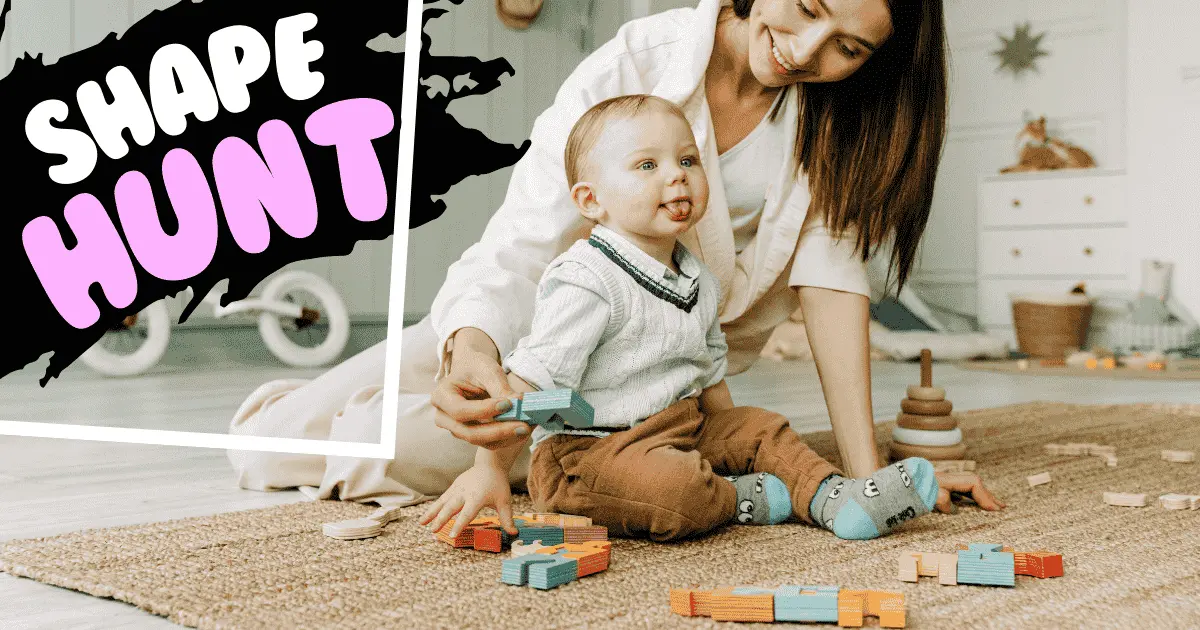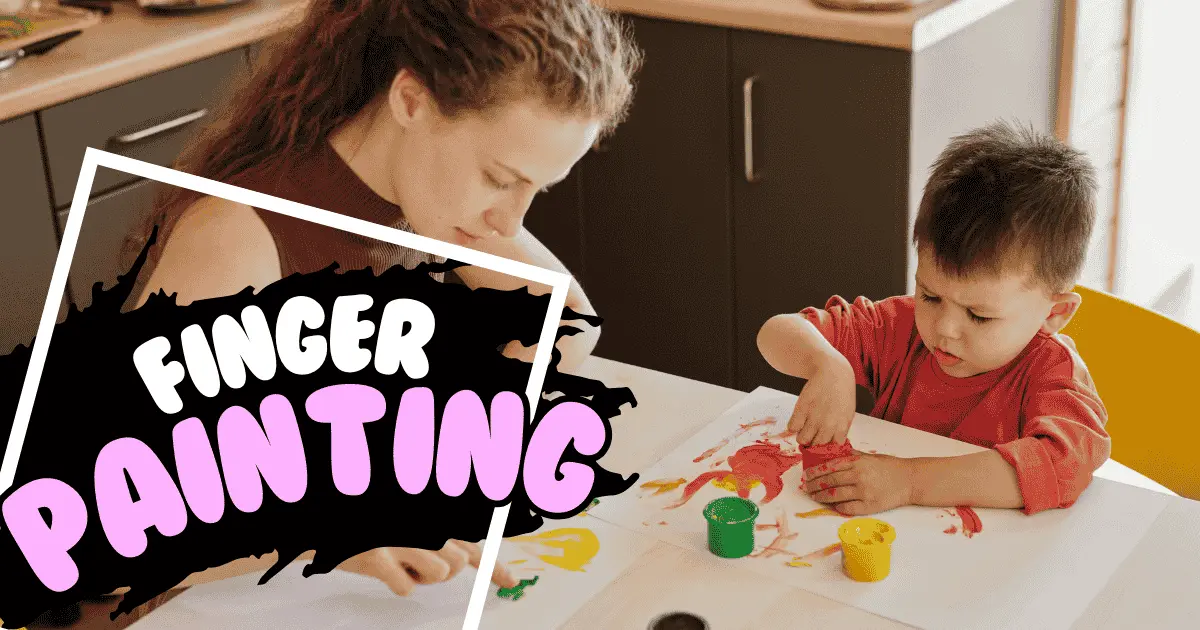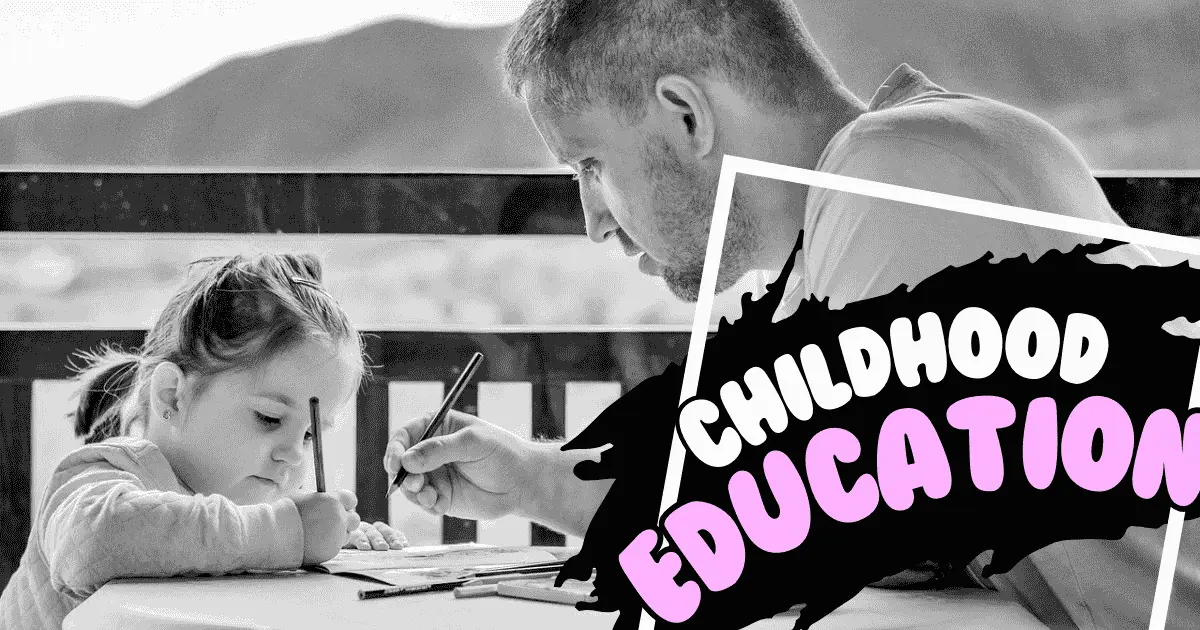Picture this—you’re trying to keep your toddler entertained while getting through your endless to-do list. We’ve all been there, right? The good news is that with a little creativity, learning can happen naturally at home. Hey there, it’s Noor Fatima here, as your supportive family partner and home consultant for creative parenting and family life. In this blog post, I am going to discuss how to turn your home into a vibrant learning environment with simple, engaging activities. Whether you’re a parent, grandparent, or early childhood educator, you’ll find practical tips and ideas to spark joy and curiosity in your little ones’ learning adventure.
The Importance of Creative Learning in Early Childhood Education
Why Early Childhood Education Matters
Starting education early lays the foundation for lifelong learning. It’s an opportunity to build cognitive skills, foster social-emotional development, and instill a genuine love for learning. By engaging children’s minds from a young age, we help them develop critical thinking skills and emotional intelligence, setting them up for future success.
Introducing Creative Learning
Creative learning is all about using play and imagination to support natural learning processes. It’s not just about academic skills; it’s about nurturing creativity and problem-solving abilities. By encouraging creativity, children learn to explore the world around them in innovative ways. This approach supports their overall development and helps them adapt to new challenges with confidence.
Room-by-Room Learning Activities
Living Room Activities
Creative Play Ideas
Your living room is a perfect playground for early learning. Use everyday items to set up fun, educational activities that engage your child’s curiosity and imagination.
Color Sorting Game
Help your child learn colors and matching skills using toys or household items. Gather items of different colors and ask your child to sort them into groups. This simple game enhances their ability to recognize and categorize colors effectively.
Shape Scavenger Hunt
Turn your living room into a treasure hunt for shapes. Encourage your child to find objects that match specific shapes, like circles or squares. This playful activity helps them develop spatial awareness and recognize geometric shapes in their environment.

Kitchen Learning Fun
Kitchen Learning Games
The kitchen is a treasure trove of sensory and motor skills activities. It’s a place where learning and play come together in delightful harmony.
Counting Ingredients
While cooking, involve your child in counting and sorting ingredients. Ask them to count the number of carrots or sort fruits by size. This hands-on activity enhances their math skills and teaches them the importance of following instructions.
DIY Science Experiments
Transform your kitchen into a science lab with simple experiments. Mix baking soda and vinegar to demonstrate cause and effect. This activity introduces basic scientific concepts and encourages curiosity about how things work.
Outdoor Learning Ideas
Outdoor Play Learning
If you have access to outdoor space, use it to teach your child about nature, weather, and science in a fun and interactive way.
Nature Walk and Collecting Leaves
Take a walk outside and collect leaves, rocks, or flowers. Use these natural items to discuss their characteristics and differences. This activity fosters an appreciation for nature and encourages observational skills.
Chalk Drawing and Shapes
Grab some chalk and draw shapes, letters, and numbers on the pavement. Encourage your child to trace or create their own designs. This creative activity enhances their fine motor skills and helps them learn through hands-on exploration.

Hands-On, Interactive Learning Techniques
Sensory Play Ideas
Sensory Play
Sensory play involves engaging a child’s senses—touch, sound, and sight—to promote cognitive and motor skills development.
DIY Sensory Bins
Create a sensory bin using rice, pasta, or sand. Allow your child to explore different textures by burying their hands or toys inside. Sensory play enhances their tactile learning and boosts creativity.
Playdough Fun
Make homemade playdough for your child to mold into various shapes. This activity improves their fine motor skills and encourages imaginative play as they create their own mini-worlds.
Storytime and Imaginative Play
Storytime for Toddlers
Storytime is a powerful tool for engaging your child’s imagination and language skills. It’s an opportunity to transport them into different worlds through the magic of storytelling.
Story-Based Role Play
Encourage your child to act out characters from their favorite book. This activity helps deepen their understanding of the story and develops their empathy as they see the world through different perspectives.
Creative Storytelling
Invite your child to create their own story with a clear beginning, middle, and end. This activity fosters creativity and helps them develop narrative skills, laying the groundwork for future writing and communication abilities.
Art and Creativity Stations
Creative Art Projects
Art activities provide an outlet for self-expression and creativity. They help children develop fine motor skills and encourage focus and concentration.
Finger Painting
Explore colors and shapes with finger painting. Allow your child to experiment with different strokes and techniques. This activity enhances their hand-eye coordination and allows for free expression.
Recycled Crafts
Use recyclable materials, like paper tubes, to create fun crafts. Encourage your child to think creatively and repurpose items into imaginative creations. This activity promotes sustainability and innovative thinking.
I have posted on the related topic as 5-minute Kids Crafts, here you can check this out!

Simple Home Learning Routines for Parents
Establishing a Daily Learning Routine
Daily Learning Routine
Creating a structured daily routine ensures a balance between learning and play. It helps your child know what to expect and keeps them engaged throughout the day. For detailed guide on making your child’s daily routine, read my post on Building Good Study Habits here!
Set Aside Learning Time
Allocate specific times each day for learning activities. This consistency helps your child develop good habits and reinforces the importance of education.
Alternate Active and Quiet Activities
Mix active play with quiet activities to keep your child stimulated. This balance prevents boredom and encourages a well-rounded learning experience.
Balancing Learning with Play
Learning Through Play
Finding a balance between structured learning and free play is key to a child’s development. Play is as valuable as planned learning activities.
Encourage Exploration
After structured activities, allow your child time for free exploration. Provide toys and tools that inspire creativity and independent thinking. This freedom helps them become confident and self-reliant learners.
Conclusion
Creative learning at home is a wonderful way to support your child’s early education while fostering a lifelong love for exploration and discovery. By incorporating simple activities into your daily routine, you create a rich learning environment that nurtures their curiosity and growth. Whether it’s sorting colors in the living room or exploring nature outdoors, every moment becomes an opportunity for learning. Remember, learning should be fun and engaging, and your home is the perfect playground for it. Thanks for reading my post. Don’t forget to share your feedback! Let me know in the comments below if these tips were helpful for you, or feel free to share anything else you’d like.
FAQs
What age is best to start early childhood education at home?
Starting early childhood education as soon as your child shows interest in exploring the world around them is ideal. Typically, this begins around 2-3 years old, but every child is different.
How can I make learning fun for my toddler?
Incorporate play into learning activities. Use games, songs, and hands-on experiences to make education enjoyable and engaging for your toddler.
Do I need special materials for home learning activities?
Not necessarily. Many educational activities can be done with everyday household items or simple, inexpensive materials. Creativity and imagination are your best tools!
How much time should I spend on educational activities each day?
Start with short, focused sessions of 15-30 minutes, depending on your child’s age and attention span. Gradually increase the duration as they become more engaged.
What are some quick and easy learning games for busy parents?
Try sorting games, simple puzzles, or counting exercises that require minimal setup and can be done during daily routines. These activities keep your child engaged without demanding too much time.
